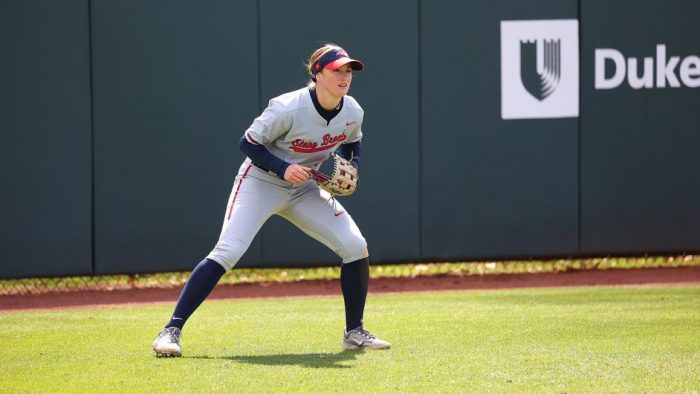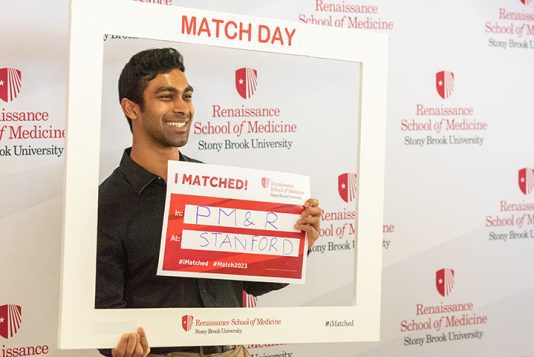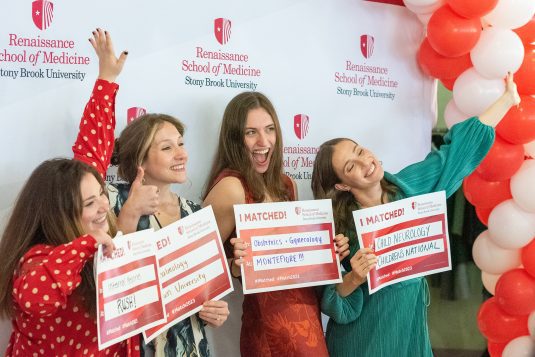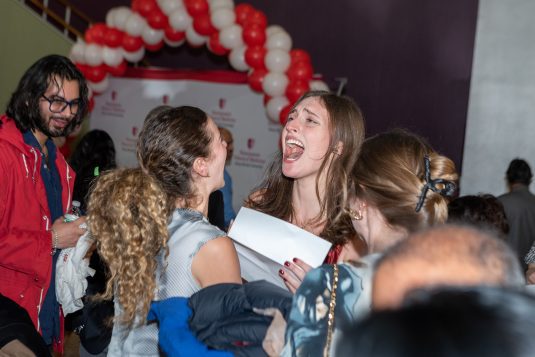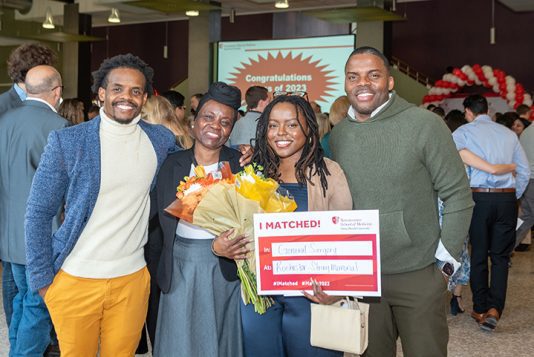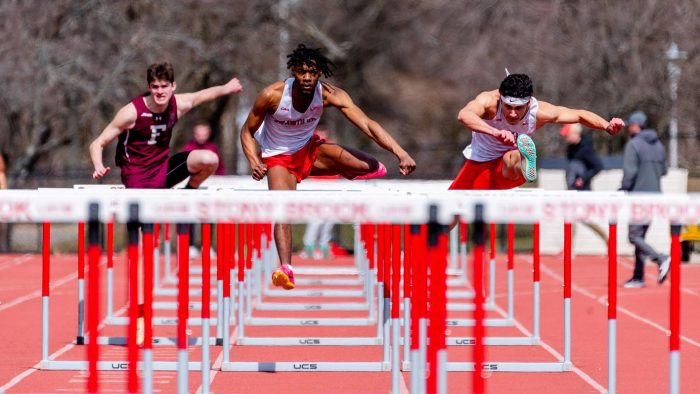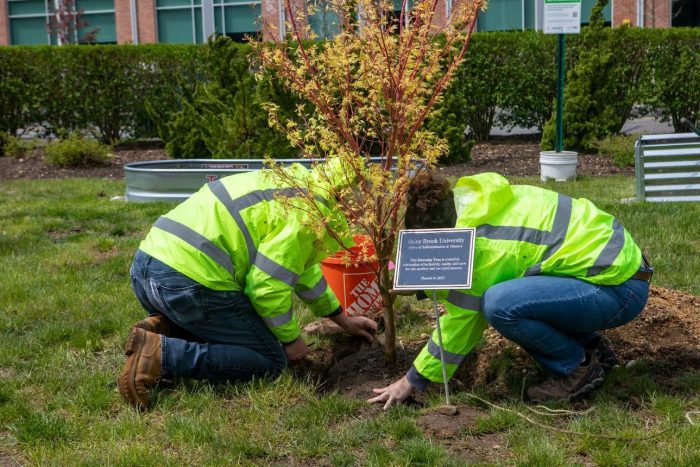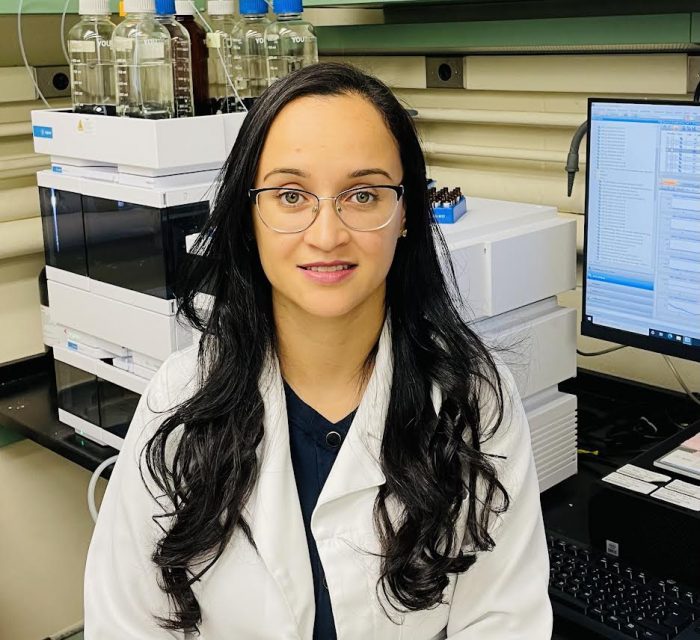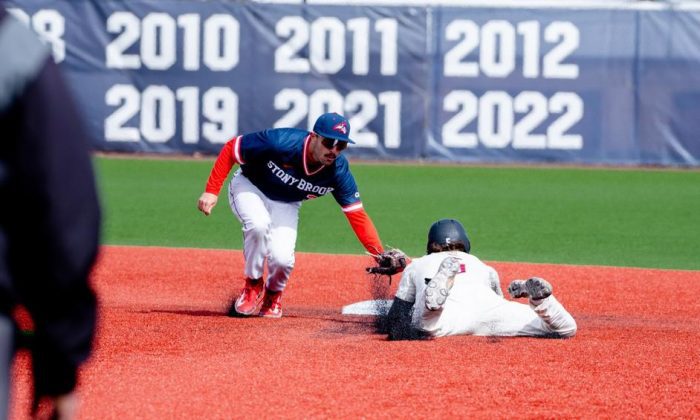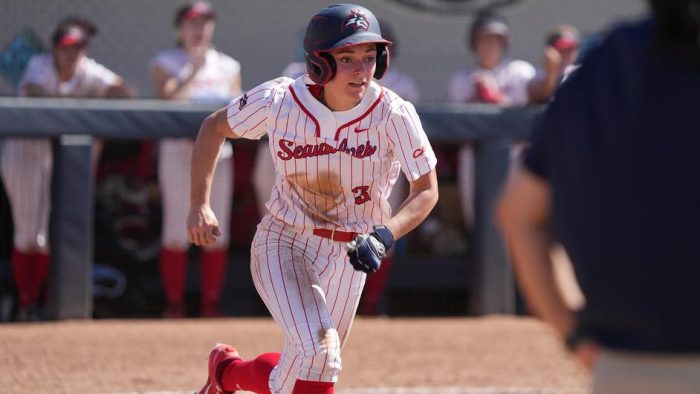PHILADELPHIA, Pa. – The Stony Brook softball team (10-14, 2-6 CAA) swept the Drexel Dragons (5-15, 2-3 CAA) on March 26 to secure its first CAA wins in program history. The Seawolves shutout the Dragons 4-0 in game one and the squad’s hot hitting powered them to a 9-4 victory in game two.
The Seawolves were led by an outstanding performance from senior pitcher Ashton Melaas who tossed a complete game shutout. The 7.0 inning shutout marked the second outing this season and third in her career that the senior has tossed a complete game shutout.
Stony Brook’s offense was paced by freshman infielder Naiah Ackerman and junior infielder Ashley Jacobson. Ackerman smashed her first career home run to give the squad a 3-0 lead in the top of the fourth. Jacobson went 3-3 at the plate with a solo home run which gave the Seawolves a 4-0 lead in the top of the sixth.
The bats were on fire for the Seawolves in game two. The squad’s hot hitting propelled them to a 9-4 victory over Drexel. Sophomore outfielder Alyssa Costello led the offensive attack with a two RBI double and a three RBI home run, totaling five RBI on the day.
Junior utility Catherine Anne Kupinski got Stony Brook on the board first with a solo homer in the top of the second. Ackerman followed behind Kupinski and added to her standout performance with a RBI single to give the Seawolves an early 2-0 lead. Costello brough in five more runs and Sanzone plated Jacobson to help the squad run away with the 9-4 win.
GAME 1: STONY BROOK – 4, DREXEL – 0
- Melaas went the distance to toss a complete game shutout, marking her second of the season and third in her career. The senior recorded five punchouts and only allowed five hits.
- Ackerman went 2-3 at the plate and got the Seawolves on the board first with a three-run home run in the top of the fourth. The home run marked the freshman’s first career homer.
- Jacobson hit a perfect 3-3 at the dish including a solo home run to give Stony Brook a 4-0 lead at the top of the sixth inning. The outing marked the junior’s second perfect appearance at the plate this season (3-3 vs. Loyola Chicago on Feb. 12) and fifth in her career.
- Junior outfielder Julianna Sanzone registered a hit and a run scored in the contest.
GAME 2: STONY BROOK – 9, DREXEL – 4
- Costello went 2-4 and led the offensive attack with a two RBI double and a three RBI home run, totaling five RBI on the day. The sophomore also added a run scored.
- Kupinski also went 2-4 at the plate with two RBI and three runs scored, including a solo homer in the second inning to get Stony Brook on the board first. The solo home run marked the junior’s fourth homer of the season.
- Ackerman followed behind Kupinski and added to her standout performance with a RBI single to give the Seawolves an early 2-0 lead in the second.
- Sanzone tallied her second RBI on the day with a SAC fly in the fifth to bring home Jacobson and give Stony Brook a 6-0 lead.
- Junior outfielder Alicia Orosco went 2-4 at the dish with a run scored while senior catcher Corinne Badger went 1-4 and also added a run scored.
- Jacobson added a hit and two runs scored in the second contest.
“We came out today with a great mindset and approach, and wanted to be strong in all three facets of our game. Ashton and Mia were tough in the circle, we had offensive contributions from so many hitters and for most of the afternoon played outstanding defense, coming up with big plays. We competed at a high level and came away with two important conference wins,” said head coach Megan T. Bryant.
NEXT UP
The Seawolves return home to University Field to host Seton Hall for a mid-week matchup on Wednesday, March 29. First pitch is set for 3 p.m.

